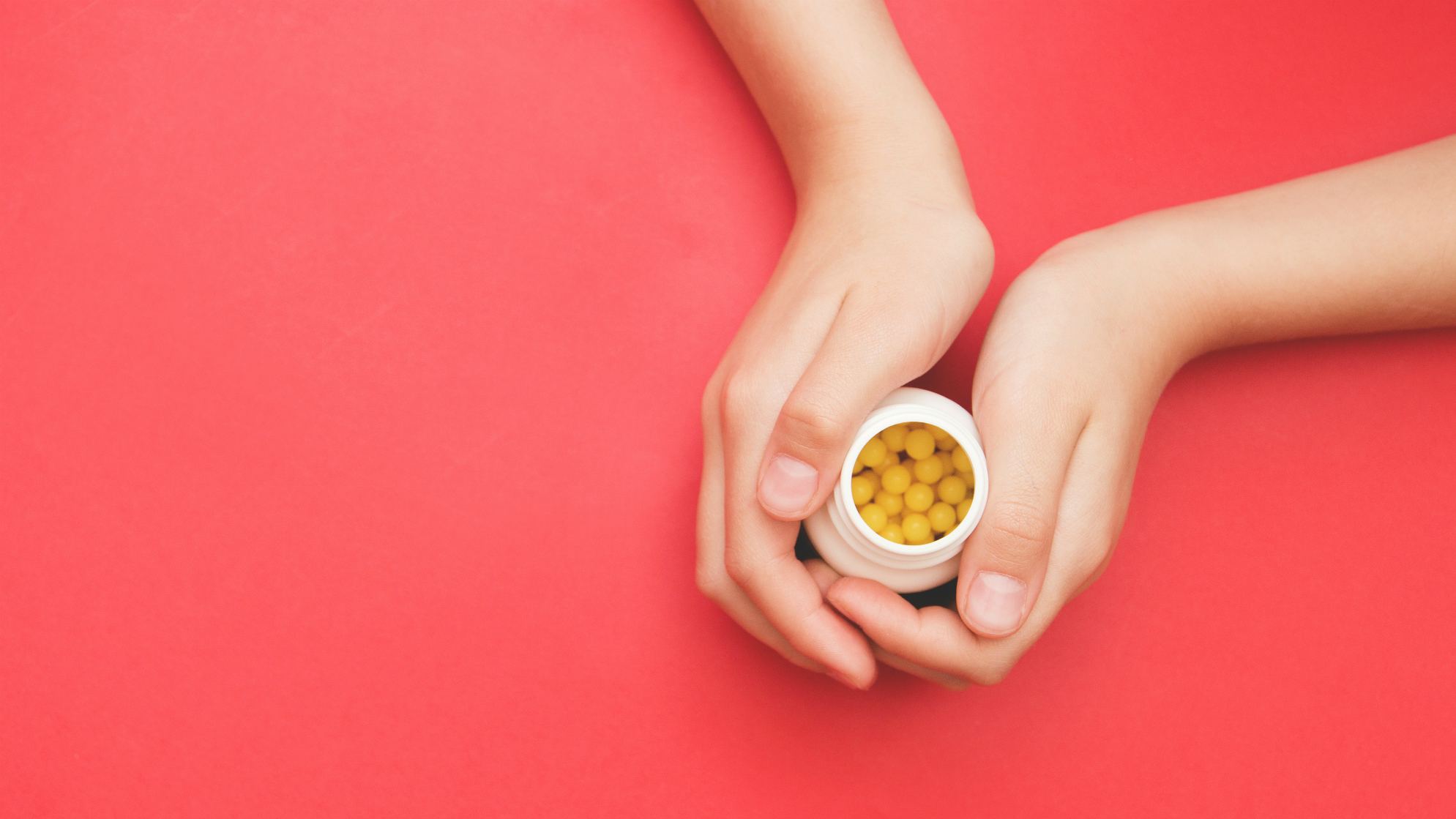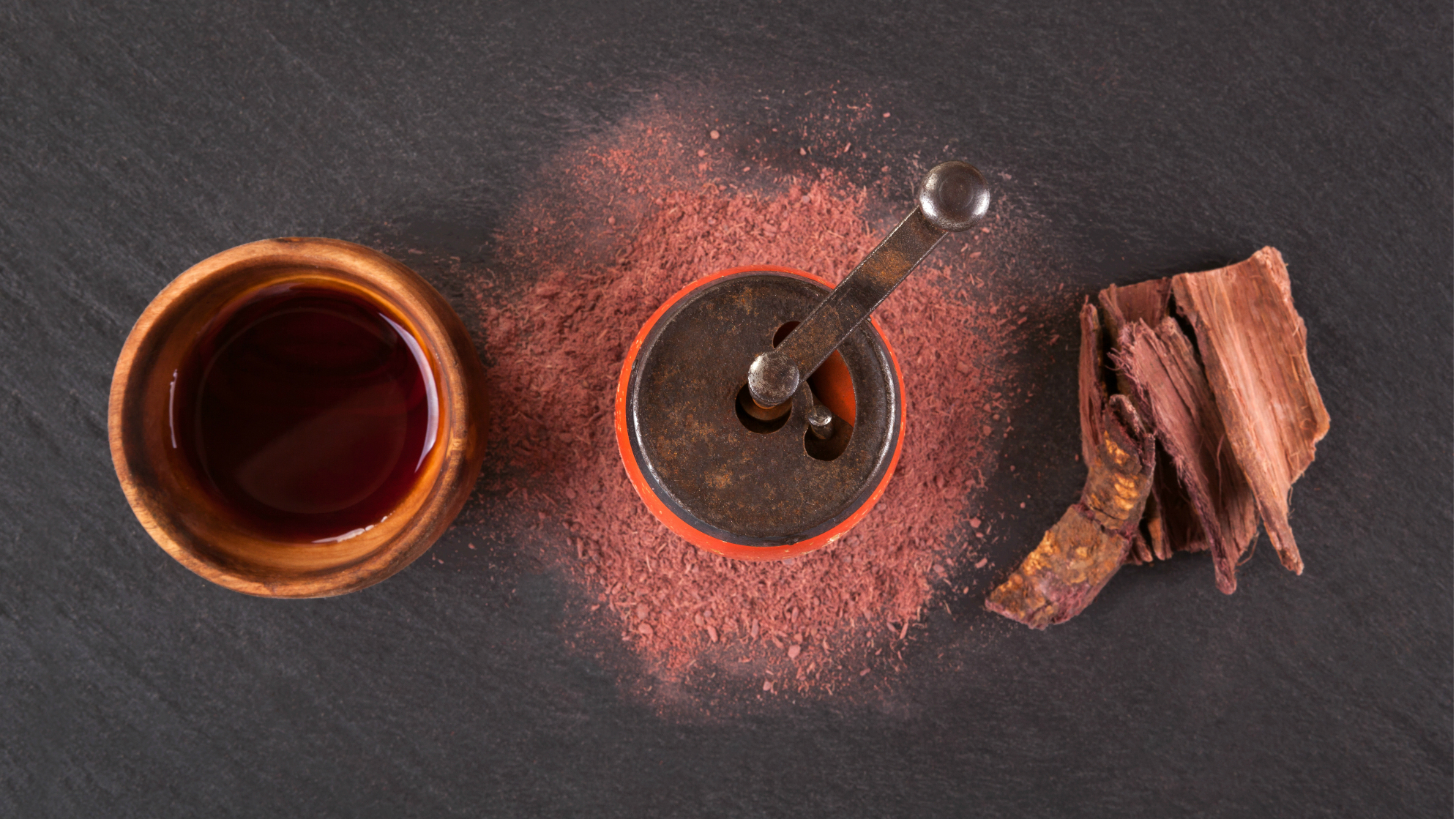Tripping out: the highs and lows of psychedelic therapy
A growing number of women are swapping the therapist’s sofa for hallucinogenic ‘medicine’. But does science back up the benefits? And what’s it really like to get high for therapeutic purposes? Health journalist Charlotte Haigh experiences the highly controversial world of psychedelic psychiatry first-hand to find out

A growing number of women are swapping the therapist’s sofa for hallucinogenic ‘medicine’. But does science back up the benefits? And what’s it really like to get high for therapeutic purposes? Health journalist Charlotte Haigh experiences the highly controversial world of psychedelic psychiatry first-hand to find out
I’m sitting in the humid blackness of a wooden hall in the depths of the Peruvian Amazon. The only sound is the clicking of a shaman’s beads as he pours out shot glasses of a murky brown liquid. The substance is ayahuasca, a traditional hallucinogenic ‘medicine’ made of up of two plants: chacruna, which contains a substance called DMT generating visions, and the ayahuasca vine itself, which allows DMT to work in the brain. It’s a Monday night and it suddenly strikes me how far away I am away from my regular Monday evening routine – scanning the latest news on my phone in my flat in the London suburbs after a long day meeting deadlines as a freelance health journalist.
I look around at the 20 other people in the room, mostly European professional men and women in their late twenties to mid-forties. We’re all here on an organised retreat, to participate in four ayahuasca ceremonies in an attempt to sort out deep-rooted emotional or psychological problems, or simply work out our next steps in life. We’re hoping this strange brew, used by Peruvian shamans for centuries, might just give us the answers we’re struggling to find at home. In fact, studies are now suggesting psychedelics may help a range of mental health conditions, which is why I’m here.
‘The strongest evidence is currently for addiction, then depression and anxiety, followed by moderate evidence for obsessive compulsive disorder (OCD),’ says Professor David Nutt, a psychiatrist and neuropsychopharmacologist I speak to for advice, and who has pioneered the research. ‘In a study we published in The Lancet, one dose of psilocybin, found in magic mushrooms, produced lasting changes in people with chronic depression who hadn’t responded to medicines or to therapy. Half of the participants were still well after six months. It’s not a magic bullet, but it’s very promising.’
Psychedelics are considered relatively safe in comparison to alcohol, but experts strongly advise against trying them in a recreational or non-clinical setting, as you may have a disturbing experience. ‘As psychedelics “loosen” your brain’s usual patterns, defences start to dissolve,’ says Dr Rucker, a psychiatrist who researches the effects of psychedelics. ‘That can be hard, because it’s the things you don’t want to deal with that you keep locked away. That’s why you need a safe, supportive environment and someone you trust − like a therapist − to help you work through difficult things.’ Anyone with a family history of mental-health conditions such as schizophrenia, and anyone taking drugs, including SSRI antidepressants, should avoid them completely.

As I gulp down the thick, sickly drink and lie down on my assigned mattress, I wonder what will come next. As a health journalist, I’ve done my research and spoken to many people who’ve taken it. I know it’s considered safe, but I’m nervous about what my subconscious mind might show me under the influence. I’m not a natural risk-taker so it’s certainly a step outside my comfort zone, but it may help me work through some relationship issues I’ve been struggling to process this past year. Thankfully, this is not like taking drugs in a nightclub. It feels like a safe environment and there are experienced assistants and shamans on hand to offer support. We are sitting in a large, circular wooden building and mattresses are arranged around the outside of the room. For a few days before, I follow the special cleansing diet − no alcohol, sugar, caffeine, pork or fatty foods – and as requested by the organisers, I have set an intention in my mind of what I want to gain from the journey.
After half an hour of drinking the liquid, a wave of nausea surges through me. ‘The medicine’ is infamous for causing vomiting. I grab the plastic bowl next to the mattress but the feeling passes and then I’m plunged into a vision, like a hyper-vivid dream. I’m on a rain-whipped beach, trailed by three shivering, sad-eyed children. I recognise at once that they’re the babies I lost in successive miscarriages while trying for a longed-for child with my then-husband, who I’m now in the process of divorcing. I cuddle them but they’re still cold, so I put them all into a sack and search for a sanctuary. When I open the sack again, there’s just a pile of ashes. I’m distraught. And then a huge sun bursts the clouds open and I see a woman in the sky, smiling and cradling the children. I’m crying, but then I’m overwhelmed with a sudden sense of peace.
Celebrity news, beauty, fashion advice, and fascinating features, delivered straight to your inbox!
Later, when I come to process my ‘journey’, as ayahuasca trips are termed, I know I’ve finally reached a point I’ve been struggling to get to for months: I’ve accepted my losses. In my trip, I came to a forest, where I saw a vibrant woman with a group of people, laughing and watering plants. It was me. It seemed to suggest that I still have a role in society − even if I’m never a mother − which is something I’d been grappling with.
Following my four-hour ‘trip’, I feel newly calm and positive about my future; a sense that something deep has shifted. Six months on, that feeling hasn’t left me. ‘Your brain is like a snow globe capable of being shaken up. Psychedelics may help get you out of an entrenched perspective,’ Dr Rucker tells me later. 'Biologically, all psychedelics, including ayahuasca, psilocybin (magic mushrooms) and LSD, stimulate the 2a serotonin receptors, found most commonly in the pre-frontal cortex of the brain, the area that processes and coordinates complex information to help you think and get perspectives on different situations. This area also helps you define your sense of self and the world, so that can become distorted when something goes wrong here.'
Brain scans show that in depression, the prefrontal cortex is overactive, as people become trapped by repetitive negative thinking. By triggering the type 2A serotonin receptor, the psychedelic encourages the brain to broaden its scope and come up with other ways of seeing things. ‘Under the influence of a psychedelic, the overactive bit of the prefrontal cortex quietens down, and parts of the brain that weren’t talking to each other start communicating,’ adds Dr Rucker.
This cross wiring may be one of the reasons why synaesthesia – where your senses get mixed up – is a common experience with psychedelics (on my first ayahuasca journey, I associated yellow colours with an intense raspberry flavour).

But while the brain’s biological response to the drug is key, the trip itself also plays an important role. ‘The more spiritual or personal the experience, the more likely people are to have long-term benefits,’ says Dr Rucker. There’s no guarantee you’ll get a big breakthrough and not everyone has powerful visions, but for some it can be profound. Sarah, a 32-year-old solicitor, spent two weeks in Peru at an ayahuasca retreat, drinking ‘the medicine’ every other night to help her overcome grief following her sister’s death. ‘I’d become scared of losing people I cared about and was avoiding relationships,’ she says. ‘On my journey, I saw a coffin and the lid started to open. I was terrified, but when I looked inside I saw galaxies of moons and stars. I’ve never been religious, however I had a new understanding that nothing is truly final, and that life can be beautiful again. Somehow, it moved me on.’
Ayahuasca can be challenging, though. ‘It made me look at things I’d been avoiding in real life,’ says Susannah, 26, a social-media manager from London. ‘I went to a retreat in the Netherlands because I was having relationship problems and wanted to work through them. I’d never taken drugs in my life. A friend had found ayahuasca helpful with body image issues and I thought it might be what I needed. In one journey, I saw myself on a battlefield trying to help someone who was badly injured, but they bled to death. Afterwards, I realised the person who died represented my relationship – I’d been trying to fix it but the medicine showed me I couldn’t. Although it was upsetting at the time, it gave me the confidence to leave.’
Dr Rucker believes millennials may be more willing to look to psychedelics for answers because they’re more educated about the risks and benefits. ‘This generation has always been exposed to the internet and many different sources of information – they’re more curious about the psychedelic experience and don’t believe the demonisation of drugs. Magic mushrooms and ayahuasca are both natural substances and ayahuasca has been used in a sacred way for thousands of years, which might be part of its appeal.’
In the UK, psychedelics are illegal, so it’s not possible to take them in a clinical setting. This may be a reason why retreats in Peru – like the one I attended – are soaring in popularity. ‘Ayahuasca is taken in a group ceremony led by highly experienced shamans and assistants to keep an eye on everyone, so you feel safe,’ says Skie Hummingbird, a UK-based shaman who takes groups out to Peru (sungate.org.uk). ‘But you need to choose the right place, as some centres are run by unscrupulous people who aren’t properly trained. Personal recommendation is the best way.’ And she’s seen radical transformations. ‘Some people undergo dramatic changes on a ten-day retreat, overcoming lifelong problems,’ she says. But it’s not for everyone: some people do report having highly distressing journeys.
Some of the latest research suggests ayahuasca could generate the birth of new brain cells, potentially treating neurodegenerative disorders like Alzheimer’s, as well as psychiatric illnesses, while LSD and psilocybin show promise in treating post-traumatic stress disorder (PTSD). However, Professor Nutt advises caution. ‘We need more studies, and such studies are limited by the law.’ Psychedelics are currently schedule 1 substances, which means they’re considered dangerous, making further research almost impossible.
Nevertheless, the growing wave of interest in psychedelic psychiatry (a recent public talk at University College London sold out in 20 minutes) may address that. As Professor Nutt observes, ‘It’s groundbreaking science. These substances could potentially change people’s lives, providing we can do more thorough testing.’
The leading destination for fashion, beauty, shopping and finger-on-the-pulse views on the latest issues. Marie Claire's travel content helps you delight in discovering new destinations around the globe, offering a unique – and sometimes unchartered – travel experience. From new hotel openings to the destinations tipped to take over our travel calendars, this iconic name has it covered.